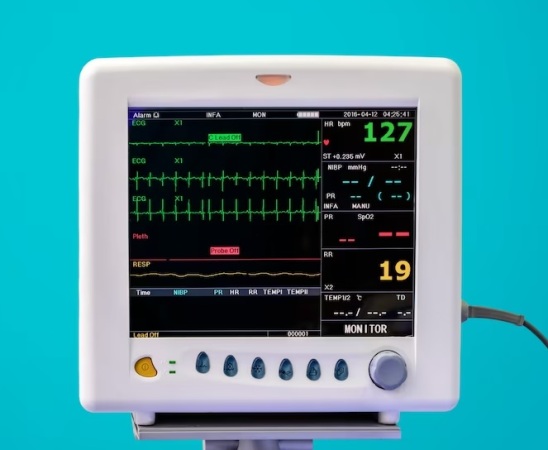
The global market for rheumatoid arthritis treatments is expected to grow at a CAGR of...
Learn More
Our consulting solutions address company specific challenges with respect to micro environment...
Learn More
Organizations frequently need day-today research guidancein order to gain strategic...
Learn More
Exploring different areas of market research and market analysis is a key factor...
Learn MoreAcute Market Reports presents the most extensive global business research services across industries. Our research studies focus on potential outcomes, benefits, and risks associated with each market segment across geographies. Having served our global clients for more than 10 years, our prime priority is to enable our clients in making well-informed business decisions through a data-driven, analytical, and uncomplicated research approach.
We provide access to the world's most comprehensive, analytical, and updated business intelligence services and solutions.




The automotive 3D map system market is a critical component of modern vehicle navigation and plays a pivotal role in enhancing driver experiences. The automotive 3D map system market is expected to grow at a CAGR of 13.5% during the forecast period o...
Read More
The micro fulfillment market is a rapidly evolving sector, offering innovative solutions to meet the growing demand for efficient and convenient order fulfillment in the retail and e-commerce industries. The micro fulfillment market is expected to gr...
Read More
The multiparameter patient monitoring system market is a rapidly growing segment within the healthcare industry. This market involves the use of advanced medical devices and systems to monitor multiple vital signs and parameters of patients in real-t...
Read More




